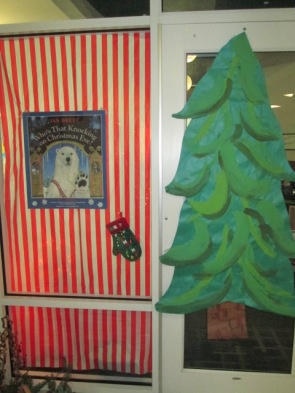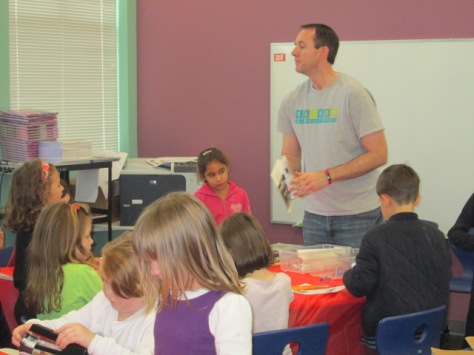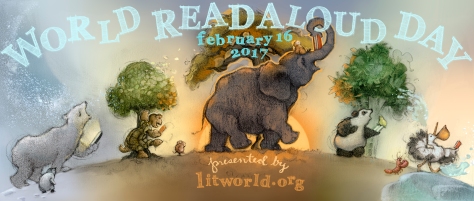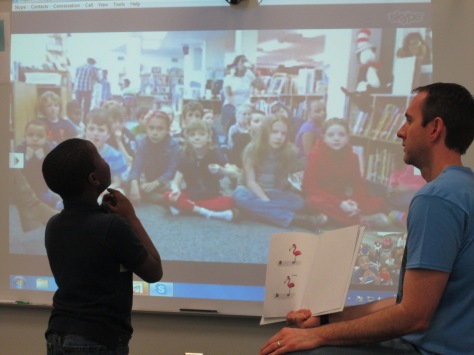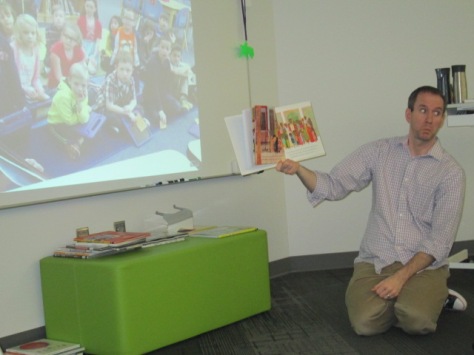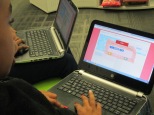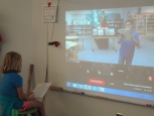
Every year that we have our Polar Express Day, I’m reminded of the power of community. School-wide events are so rewarding, but they take a lot of work to pull off. The library hosts multiple school-wide events every year. A team of special elves come together to make Polar Express Day a special event for every child in our school. It is often one of the big memories that students have about their year and their experience at Barrow.
Many schools ask us what goes into our Polar Express Day, so here’s a little peek:
- Our principal creates a schedule so that every class in the school gets a time to come to the library to hear the Polar Express. Most 30-minute sessions 2-3 classes at a time
- Janice Flory, our library volunteer coordinator (a PTA role) buys bells, string, hot chocolate, cups, and candy canes through PTA. She also organizes volunteers to help each Polar Express session during the day
- A group of volunteers works on stringing 600 bells so that every student in the school gets a bell. This year it was a wonderful troop of Girl Scouts
- I work on setting up the library with special decorations, chairs, and banners. I make sure the technical side of Polar Express is working such as the train sounds, read aloud, and special music. I also work with our volunteer coordinator to make sure all of the pieces are running smoothly.
- A team of teachers come overnight the night before Polar Express Day and create special hallway decorations such as a train track, ticket booth, and ornaments
- Our lunchroom makes huge batches of hot chocolate
- On the day of the event, teams of volunteers help pour and serve hot chocolate as well as hang bells around each student and whisper “Always Believe”. Kim Ness, parent volunteer extraordinaire & Janice Flory, library volunteer coordinator, help keep the volunteers organized all day.
- Teachers do special activities in their classrooms such as making Polar Express tickets. They also hold the book as we listen to the story over the library speakers
- Our family engagement specialist organizes a nighttime Polar Express for Barrow alumni
- On the day of the event, there’s always lots of odd and ends that have to be done and we all work together to get it done. It is a tight schedule and takes quick moving in between sessions to reset everything for the next group
- This year we added a green screen photo booth to take a picture with the book as the background. Teachers helped a lot with this as well as our principal. Next year, we’ll need to have someone stationed here to help it run smoothly
Our green screen was a favorite activity this year. Many teachers jumped in to help with this one because it was a little bit tricky if the app stopped working. We’ll keep thinking how to make this station a little bit better next year. Even with some glitches, we got some fun pictures of classes.
Each year holds special memories for Polar Express. There are special little moments from students all throughout the day. I’m so thankful to have community who comes together to create this magical event of always believing.







































































































